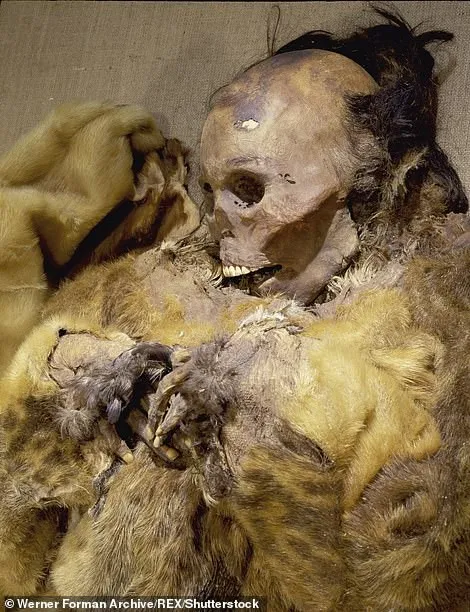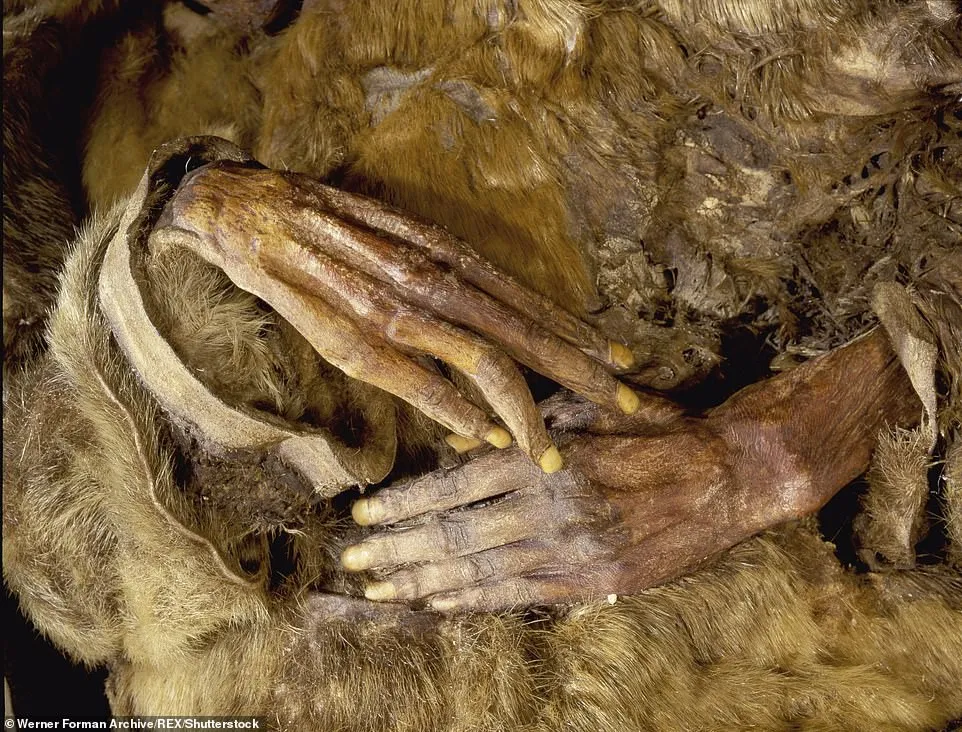Unraveling the Enigma of a 500-Year-Old Family Burial: Shedding Light on a Disturbing Ancient Custom
Recently, Daily Mail reported that the mummy of an Inuit family, including a six-month-old baby, was exhumed. These skeletons are estimated to date back approximately 500 years. Specifically, a family consisting of three sisters with three daughters and two sons was discovered in the abandoned area of Qilakitsoq, located on the Nuussuaq Peninsula near Uummannaq, Greenland.

Two hunters named Grouse Hansen and Jokum Groenvold discovered this family in 1972 in a small cave beneath a cliff. The mummy seemed to be very well preserved, so they immediately recognized it as a human body and reported it to the police. Incredible photos show that the mummy still has its skin, hair, eyebrows, and nails intact. The mummy of a 6-year-old boy is believed to have been buried alive with his hair and eyebrows intact. The other 6 women found had tattoos on their foreheads and chins.

One of the women still had very good teeth. Another woman’s hand still had intact nails and perfect skin.
Archaeologists believe that the family died around 1475 and that the well-preserved mummification may have been due to the extremely cold temperatures in the area. According to Inuit culture, if the mother died, the children were to be buried with her, even while they were still alive, to ensure that the family went to the afterlife peacefully. According to research, all of the women in this family died of natural causes, such as kidney stones, constipation, and poor health. The three sisters are believed to be around 50 years old and the three daughters are between 18 and 30 years old. Researchers also believe that the four-year-old boy has Down syndrome. In total, there were around 78 sets of clothing made from seal and reindeer skin used for the mummification process. How were the mummies so well preserved?
Temperatures in Greenland are so cold that mummies can be preserved so well that their skin and nails remain intact.

The nails remain intact. A body decomposes after death by enzymes that break down soft tissue, however, at low temperatures, the enzyme activity decreases.
The ideal temperature for a well-preserved mummy is below 0 degrees Celsius. In addition, bodies need to be protected from the elements and harmful animals, so the body must be wrapped in animal skin or placed inside a glacier.
Rocks allow the body to be preserved through a balance of humidity, acidity and frost. In addition, rocks allow drainage and protect the mummy from the harsh elements.






